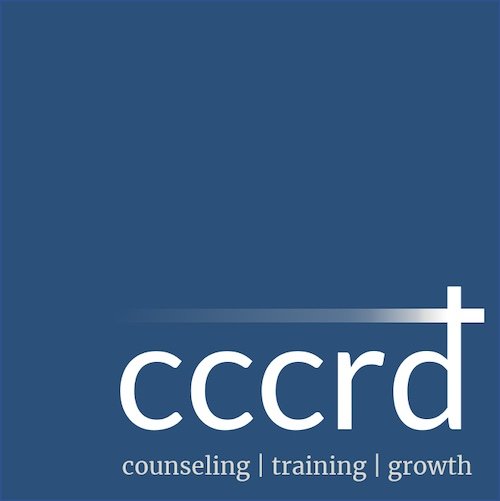Love Languages and the People Around Us
“Communication is like the process of breathing; without it, we do not continue.” – Gary Chapman
Love languages are most known in the context of couples, but they show up in other relationships too.
Interactions with our partners, friends, and family members are healthiest when they are rooted in love. God’s call to love one another is central to our human experience. Because feeling loved is a basic human need, meeting this need is essential to our emotional well-being. Attending to love languages can enhance our ability to connect emotionally with our loved ones through communication which, when done well, promotes intimacy.
From the Womb to Adulthood
Human beings are wired for emotional connection. Even before we are born, we begin to connect with the people around us and develop a sense of how we feel about them. When babies enter the world, they recognize their mother’s familiar voice and are comforted. During early childhood, we begin to form attachments with our caregivers which lay the foundation for how we function in adult relationships.
Over our lifespan and into adulthood, we develop patterns of how we prefer to give and receive love. This is what we call the love languages: words of affirmation, quality time, acts of service, gifts, and physical touch. Exploring our attachment style and primary love languages provides us with valuable clues to understand how we create loving relationships.
We begin to develop our sense of security and significance through our attachment to our caregivers as infants. As you might guess, if that attachment only partially or never takes place, it leads to difficulty in relationships later. If you experience early on that relationships are insecure, unpredictable, or scary, this could inform how you understand relationships throughout your life.
These basic needs—together with our fundamental need to feel known and loved—are at the heart of all emotional connection. Whether or not these connections are healthy depends on the meaning we make of our experience in our interactions and the quality of our communication.
Quality Communication Leads to Intimacy
Gary Chapman likens communication to breathing, which lets us know its vital importance. Healthy communication patterns lead to intimacy, which is a sure sign of a healthy relationship.
Intimacy is not limited to couples but is intended for all meaningful relationships. We see this in the relationship between God the Father, God the Son, and God the Holy Ghost. Perhaps it might be helpful to think of intimacy through the lens of the Gospel, as the oneness that binds together the members of the body of Christ. Bearing these examples in mind, we can begin to expand our understanding of how intimacy helps us build healthier connections with the people we care about.
On the other hand, in God’s communication with Adam and Eve, we see how unhealthy communication destroys intimacy. At the fall of man, communication broke down and led to the deterioration of the intimate relationship between God and man. After their act of disobedience, the impact of guilt, shame, and fear altered the meaning of Adam and Eve’s experience with God and caused them to interact differently with Him. They no longer walked with God in the garden in the cool of the day. Instead, upon hearing the voice of God, they were ashamed of their nakedness and hid from His presence. By their example, we can see how important it is to maintain intimacy through positive communication.
Deepening Our Connections
We use love languages to communicate with our loved ones on an emotional level. Communicating at the surface level is just the beginning. We must go deeper if we are to sustain healthy intimate relationships. This means making an intentional effort to connect with one another in ways that make our loved ones feel loved.
How do your loved ones show love? Is it with words of affirmation, acts of service, quality time, gifts, or physical touch? Chances are, that is also how they prefer to receive love. This is known as their primary love language. You might be surprised at how much of a difference it could make when you discover and speak your loved one’s primary love language.
It is my hope that this series on love languages has been enlightening and inspires you to begin your journey to becoming fluent in speaking the primary love languages of your partner, friends, and family members. By doing so, you will position yourself to enhance the quality of your communication and promote intimacy.
If you are looking to increase your knowledge and understanding of love language, here are a few resources that you might find helpful:
The Five Love Languages by Gary Chapman
Now You’re Speaking My Language by Gary Chapman
5lovelanguages.com – Chapman’s Website
Deciphering Your Love Language by Teresa Pressley
What Are Love Languages? by Teresa Pressley

